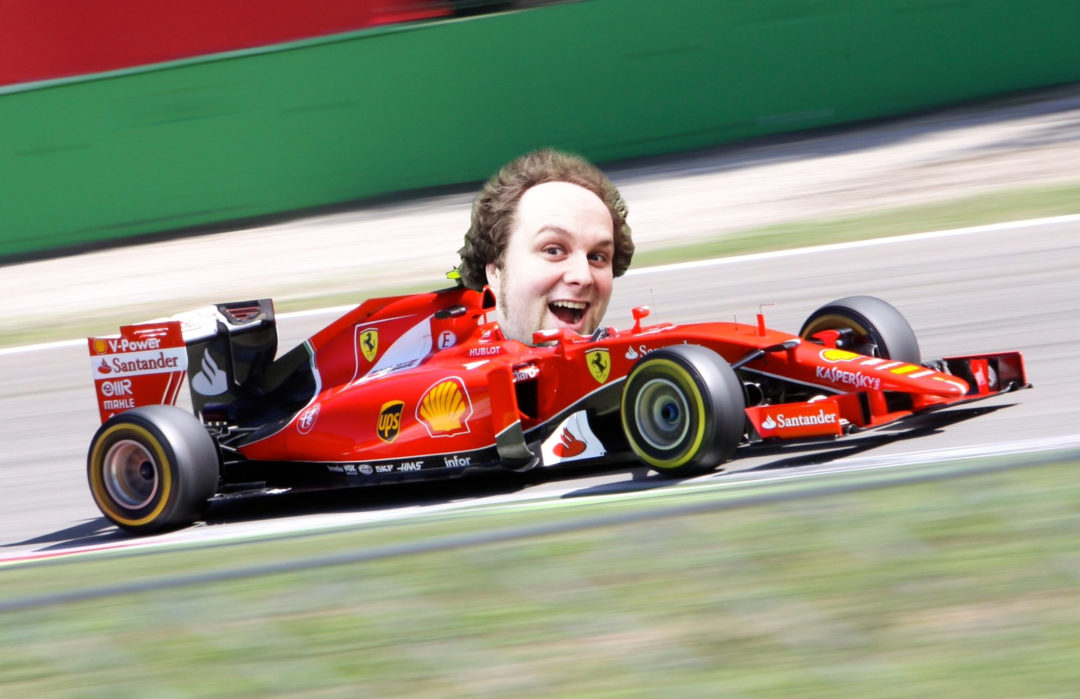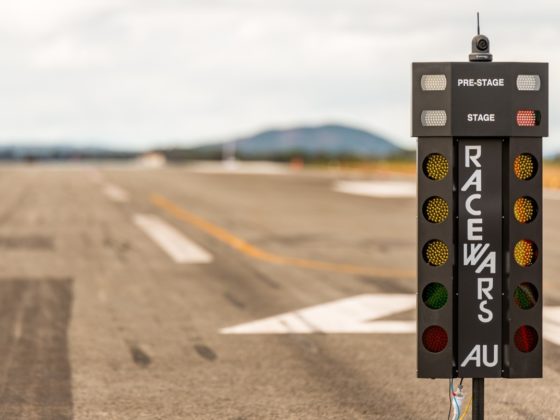,
Are McLaren’s Woes Over?
Testing was disaster for McLaren. Within 5 minutes of putting the brand new MCL-32 on the track, Fernando Alonso was in the gravel after his car lost a wheel. This was certainly not the way McLaren wanted to kick off their 2018 season. Further reliability problems hampered their running throughout testing. When they were able to put in laps, Fernando Alonso and Stoffel Vandoorne were fastest of the non RBR/Merc/Fezza cars. Despite the flashes of speed, McLaren was the only team to miss full days of testing. Couple that with Scuderia Toro Rosso’s nearly perfect test sessions and this points to something paddock insiders have suspected all along: that many of McLaren Honda’s problems between 2015 and 2017 could be traced to the McLaren part of the equation.
My money was on both McLarens retiring in Melbourne. The safe bet was that at least one of the papaya cars would DNF. The fact that both made it through the entire race was quite a relief to the team. Even better, with Alonso’s 5th and Vandoorne’s 9th, McLaren scored more points in Australia than they did in the entire first 13 races of 2017. On the surface, then it would seem McLaren has finally got the ship pointed in the right direction and can start targeting the backside of the Red Bull cars. Not so fast though; Australia was not all smooth sailing as broken exhausts reduced practice running for both cars (broken exhausts were also a perennial problem in testing).
More importantly, McLaren is facing some dire overheating problems. In testing, with the weather at or slightly above freezing, McLaren was overheating their Renault RE18 power unit. The overheating was so severe that the team had to cut vents into the engine cover to keep the PU cool. Now the fact McLaren made it all the way through the first race of the year is encouraging. Maybe they do have the cooling figured out. More likely, they are going to face a blown engine at one of the hot rounds, potentially as early as Bahrain.

McLaren has turned a corner, but there is still a long way to go before they can even think about wins.
What is Ferrari’s Strength?
Mercedes has a lot of advantages: power, reliability, and the only chassis that is a leader, not a follower. Red Bull has Adrian Newey and has proved that despite their lack of power, they have a wonderful balance of downforce and drag, as well as two young, hungry drivers. So what does that leave Ferrari with? In 2017, they carried three distinct advantages: first, they had the best strategists. Whenever Ferrari got into a strategy battle, they came out ahead.
Australia and Hungary were perfect examples of this. Vettel did not have the car to win either of those races, yet between his own talents and Ferrari’s planners, they stunned with wins. Ferrari’s smart strategy got overshadowed by reliability problems and Vettel’s own failings as a driver, but it was always there. Second, Ferrari had a car that was better at high downforce, high drag tracks. Ferrari were always the team to beat at the street circuits, as well as the tighter, older tracks still on F1’s calendar. Third, The S70H was a better following car. Being able to stay just a few fractions of a second closer to the Mercedes allowed Vettel to undercut Hamilton during pit stops on more than one occasion in 2017. Put these three things together and you can see why Ferrari was able to give Mercedes problems in 2017 despite having a generally inferior car.
Strategy once again became Ferrari’s greatest strength. Ferrari decided to split their cars, pitting Raikkonen early to sucker Mercedes into pitting Hamilton. Mercedes had little choice in the matter, as new tires, even in a harder compound, would be faster. Leaving Hamilton out for more than a lap would have allowed Raikkonen to undercut Hamilton and give the Finn the win. With Kimi and Hammy pitted, Vettel stayed out. Ferrari kept Vettel on track, attempting to undercut Hamilton on the softer tires, the exact same tactic they used to win a year earlier. However, even with softer, but older tires, he still lost pace to Hamilton who was closing in on Vettel. This left Ferrari with little choice but to leave Vettel out longer and hope for a safety car (a not uncommon thing in Melbourne, especially after pit stops). The pair of stricken Haas cars forced a Virtual Safety Car and allowed Vettel to pit without penalty and keep the lead, exactly the type of break Ferrari had been looking for. It was a calculated gamble, but one that Ferrari and Vettel were able to take to the bank.

Source
Albert Park is a track that more favors Mercedes with its long straights and generally fast corners. It’s also a tough one to pass on, no matter how good the following car is. With none of Ferrari’s 2017 advantages really put to the test, the jury is still out on what Ferrari’s strength in 2018 really is. All we really learned is that in 2018, Ferrari is lucky. But if luck continues to fall Ferrari’s way and not Mercedes, then 2018 could be a more fruitful year for Vettel and the Maranello squad.
Random Observation

Looking Ahead
Outside of a crash or puncture, Bahrain 2018 will likely be very similar to Bahrain 2017. In 2017, Mercedes walked all over Ferrari, with Red Bull getting both of their cars into the middle of the OEM battle. But, Ferrari’s strategy and luck allowed Vettel to get ahead and win the race. It would not be much of a surprise to see something similar unfold in 2018. In fact, be prepared to see both Red Bull and Ferrari try Hail Mary moves to beat Mercedes as well as each other. Mercedes has shown it has difficulty battling one rival team: what will happen when they have to deal with a second? We’ll be finding out in two weeks when Formula 1 heads to Sakhir for the 14th edition of the Gulf Air Bahrain GP. Tune in to the race, and don’t forget to check MotoIQ for your Formula 1 roundup!



